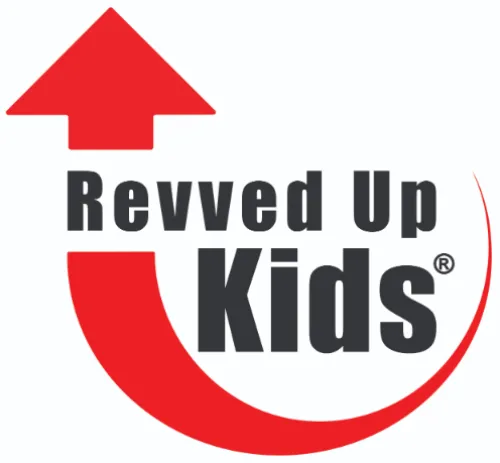Is your child ready to stay at home alone?
Use the following checklist
as a guide….you and your child should complete it separately (use the discrepancies
in the answers as conversation starters)
Answer YES, SOMETIMES, NO
2. Knows how to reach parents/trusted adults by phone
and can name two adults to contact in an emergency.
3. Knows how and when to call 9-1-1.
4. Knows where first aid supplies are kept in the home.
5. Can accomplish basic first aid tasks (clean/bandage a
small cut, flush out an eye, treat a minor burn, etc.)
6. Knows how to respond to a fire in the home, including
identifying two escape routes.
7. Knows how to respond to an inclement weather
emergency.
8. Knows how to respond to strangers at the door.
9. Feels safe when alone and fears (such as darkness) or
nightmares are minimal when adults are not present.
10. Has indicated an interest or willingness to stay on
his or her own.
11. If applicable: Can be trusted to peacefully coexist
with siblings/other children in the home when adults are not present.
12. If applicable: Can be trusted to watch over younger
siblings without adult supervision.
13. Has a clear understanding of household rules and
consequences for rule-breaking.
FOR PARENTS
These are additional readiness considerations. Use them to assess your child's maturity in other areas of their life. Respond ALWAYS, MOST OF THE TIME, SOMETIMES, NEVER:
1. Completes household chores on time
2. Completes homework with little supervision
3. Generally follows and respects family rules
4. Trustworthy
5. Notifies parents/caregivers of whereabouts and
schedule
6. Has friends who can be trusted
7. Is capable of thoughtful decision making without adult input (consider role playing this by setting up a scenario)
These questions are designed
to promote conversation with the child and to provoke deliberate consideration
of the stay-home-alone step. Look for patterns in your answers, are there more
NO/NEVER than YES/ALWAYS? Trust your gut about your child's readiness! If you
assess that they're ready, start with very short timeframes and lengthen them
as you become more comfortable.
Revved Up Kids has trained tens of thousands of children to recognize dangerous people, avoid unsafe situations, and escape attackers. Our training programs are available for boys and girls in K-12th grade, for parents, and for youth serving organizations. Contact us to discuss protecting the children you love from predators and violence, 678.526.3335.

